Dr. Ruppel Clematis – 1 Gallon Pot
$49.97 Original price was: $49.97.$34.98Current price is: $34.98.
SKU: D2LSC 1056470082 Categories: Clematis Vines, VINES & CLIMBERS
- Experience the difference quality makes.
- Buy with Peace of Mind
- Free Shipping, No Compromise on Quality
- High quality products, hassle-free returns.

Dr. Ruppel Clematis
Clematis ‘Dr. Ruppel’
Plant Details
USDA Plant Hardiness Zones: 4a-9b Find Your Zone
Plant Type: Flowering Vine
Height or Length at Maturity: 8-12′
Width at Maturity: 3-5′
Spacing: 4′ apart to cover fences and walls
Spacing: 4′ apart to cover fences and walls
Growth Habit / Form: Climbing, Dense, Twining
Growth Rate: Moderate to Fast
Flower Color: Soft Pink with a Dark Reddish bar
Flower Type: Single
Flower Size: 6-8″
Flowering Period: Late Spring to Early Summer reblooming Late Summer to Early Fall
Flowering Period: Late Spring to Early Summer reblooming Late Summer to Early Fall
Fragrant Flowers: No
Foliage Color: Green
Fragrant Foliage: No
Sun Needs: Full to Mostly Sun, Part Shade, All Day Lightly Filtered Sun
Water Needs: Average
Soil Type: Clay (Amend heavy clay to ensure good drainage), Loam, Sandy, Silt
Soil Drainage: Moist but Well Drained
Soil pH: 5.5 – 7.0
Maintenance / Care: Low
Pruning Group: 2
Attracts: Butterflies, Hummingbirds, Beneficial Pollinators, Visual Attention
Resistances: Deer, Disease, Heat, Humidity, Insect
Description
Note: All of our 1 gallon size Clematis vines are trellised 2 year old plants
Wonderfully free flowering and long-lived, the Dr. Ruppel Clematis features abundant, huge 6 to 8 inch flowers with various shades of soft pink to lilac-pink petals each having a dark carmine red to fuchsia or near purple bar down the center. The petals surround prominent creamy yellow brown-tipped anthers. With several variations showing on the vine at the same time, Dr. Ruppel is absolutely mesmerizing in bloom. The first wave of blooms comes late spring to early summer nearly covering the foliage with a rebloom in late summer to early fall. At 8 to 12 feet tall, Dr. Ruppel is ideal for growing on arches, fences, rails, trellises, obelisks, posts, pergolas and other overhead structures.
Landscape & Garden Uses
Climbing 8 to 12 feet tall and spreading 4 feet or more in width, the Dr. Ruppel Clematis is ideal for growing on fences, trellises, arches, large obelisks, poles, lamp posts, pergolas and other structures. A fine addition to Clematis gardens and pink theme gardens.
Suggested Spacing: 4 feet apart to cover fences, trellises, and walls
Growing Preferences
This Clematis is easy to grow in a moist but well-drained soil of average fertility and full sun to part shade. Though it tolerates dry periods when established, it will appreciate an occasional watering in prolonged periods of dry weather. Make sure not to plant this one too deep as it tends to smother the plant. See pruning instructions just below.
Clematis Pruning Group 2
Clematis in Group 2 consist of all the early, large-flowered hybrid clematis that bloom in late spring or early summer and maybe again in late summer. Clematis in this group should be pruned lightly in late winter or early spring. Pruning consists of removing weak and crossing shoots then thinning down the plant to a structure of evenly spaced one and two year old stems. Cut each stem just above a pair of healthy buds. Plants in this group have the tendency to become bare at the base as they mature. You can under-plant with small shrubs or perennials to help conceal the bare stems. Alternatively, you can often force a flush of new growth from the base by cutting the vine back to 18 inches immediately after the flush of bloom.
An alternate method of pruning Group 2 clematis is to prune only every three or four years. In this case, the clematis should be pruned as described for Group 3 Clematis. This will produce a weak first flush of flowers in the summer after pruning.
Helpful Articles
Click on the link below to find helpful advice from our experts on how to plant and care for Clematis vines
How To Plant A Clematis
How To Prune A Clematis
Plant Long & Prosper!
Meet The Wilson Brothers & Staff
Questions? Contact Us!
Be the first to review “Dr. Ruppel Clematis – 1 Gallon Pot” Cancel reply
Related products
Sale!
Clematis Vines
Sale!
Clematis Vines
Sale!
Clematis Vines
Sale!
Clematis Vines
Sale!
Clematis Vines
Sale!
Clematis Vines
Sale!
Clematis Vines
Sale!
Clematis Vines



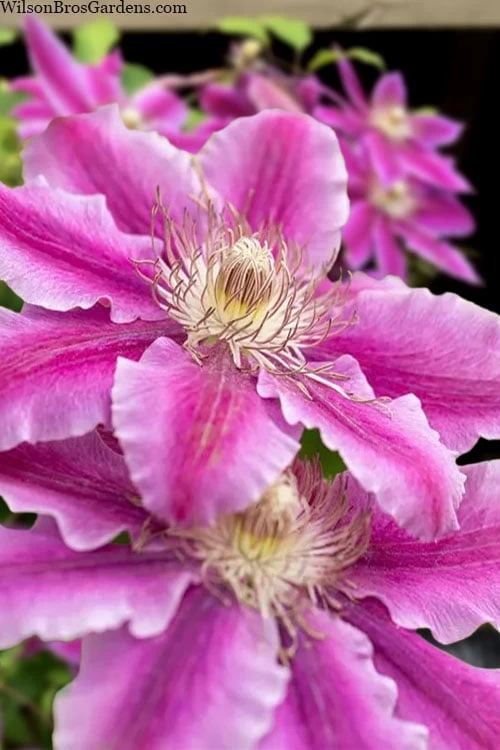


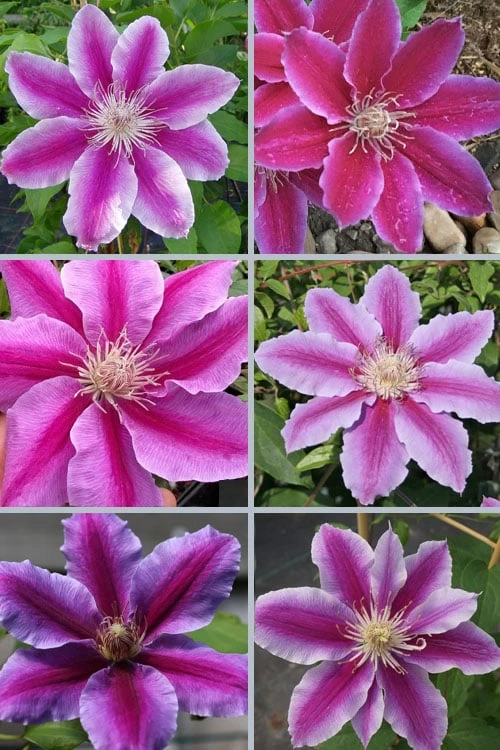

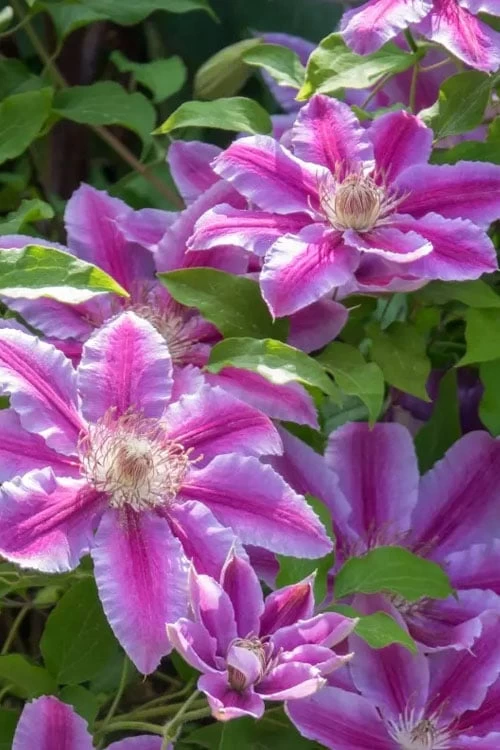

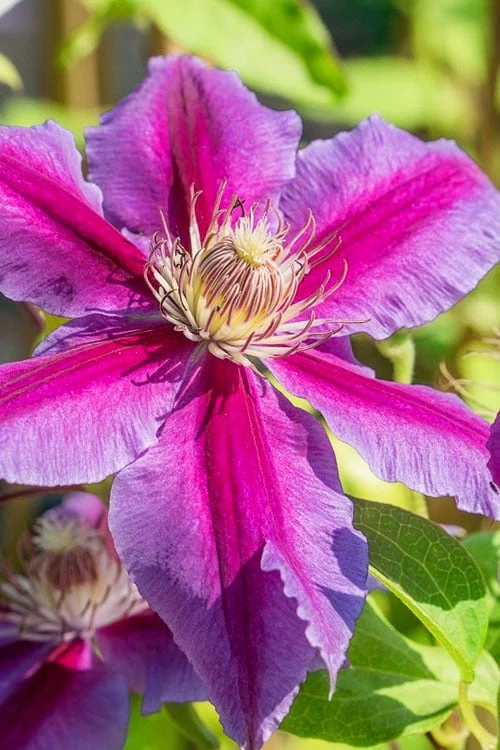
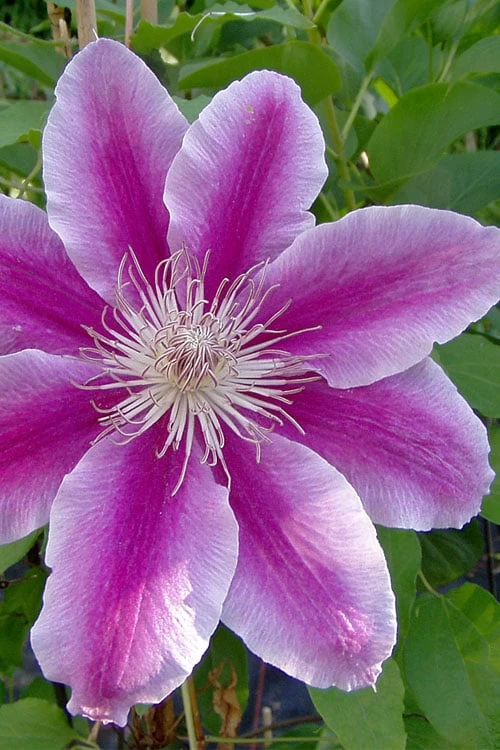

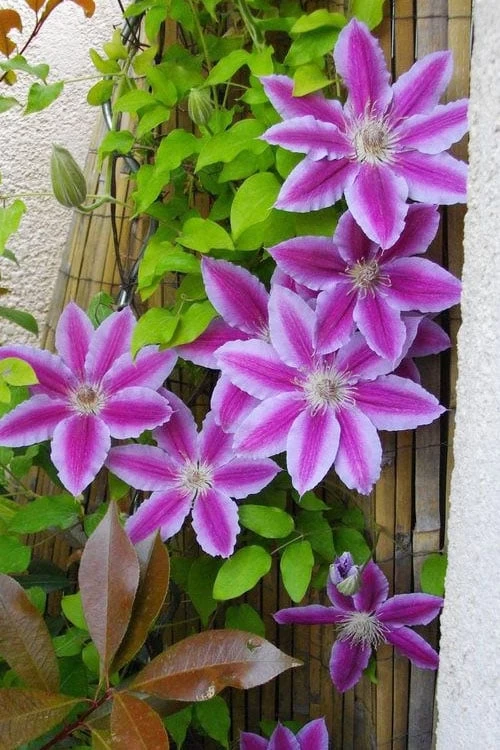
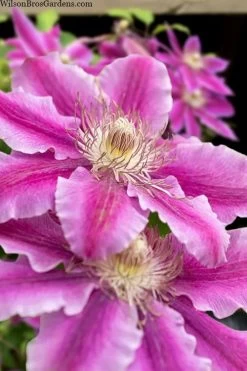
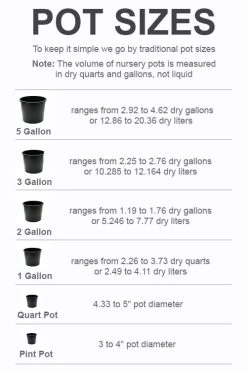

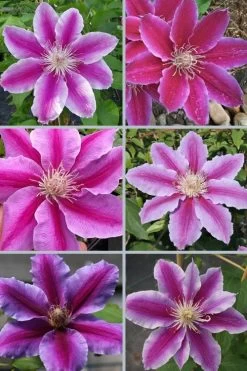
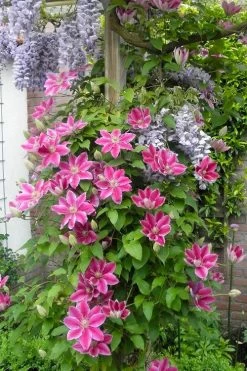






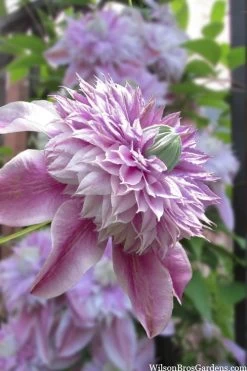





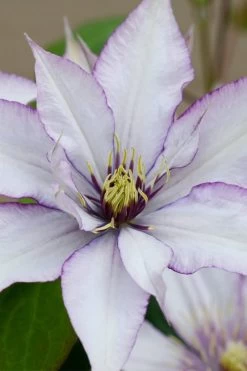

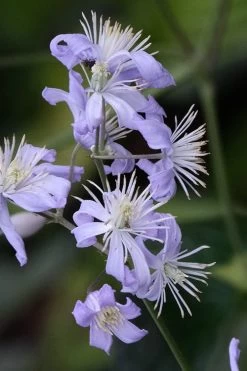



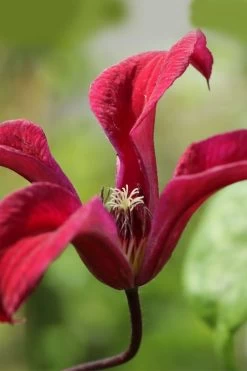

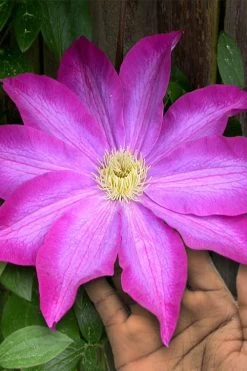

Reviews
There are no reviews yet.